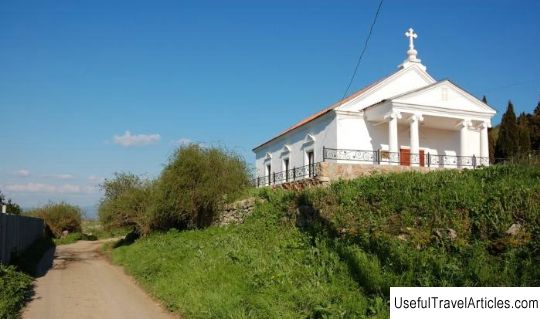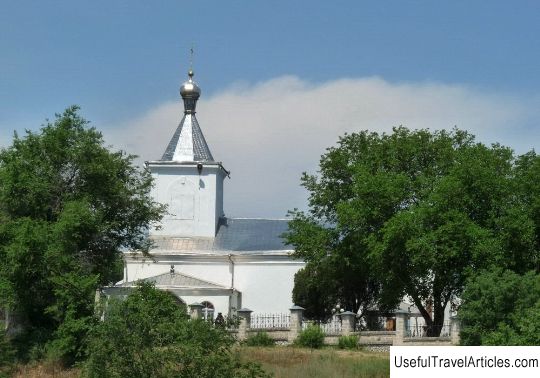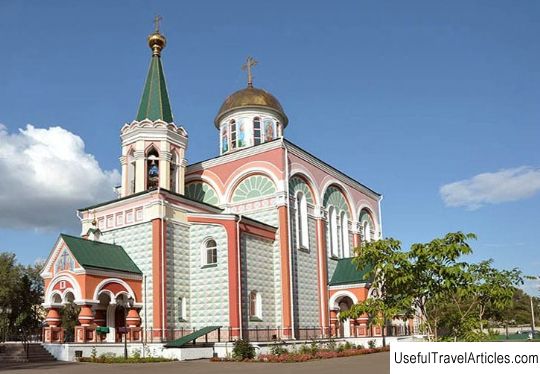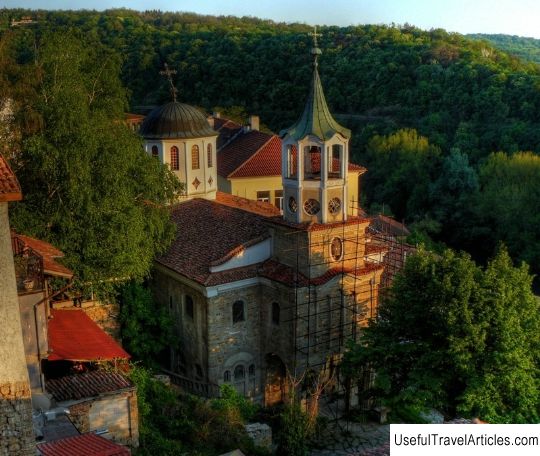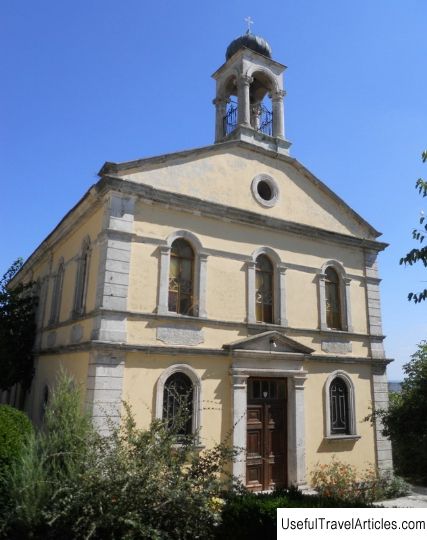Church of Helena and Constantine description and photo - Russia - North-West: Vologda
Rating: 7,9/10 (495 votes) 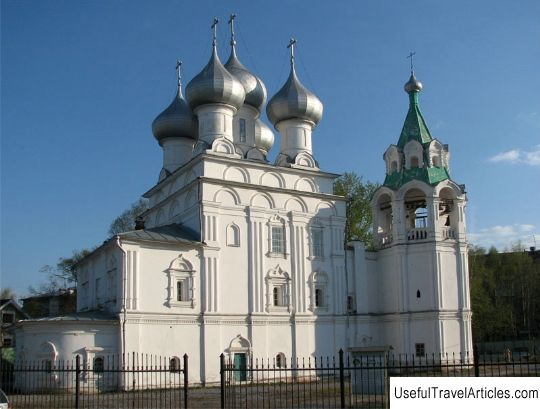
Church of Helena and Constantine description and photos - Russia - North-West: Vologda. Detailed information about the attraction. Description, photos and a map showing the nearest significant objects. Photo and descriptionThe Church of the Holy Equal-to-the-Apostles Kings Helena and Constantine is an Orthodox church located in Vologda and erected around 1690: the temple is also one of the best monuments of the 17th century. The church is located in the historically significant area - the Verkhniy Posad between the streets that were previously called Kobylkina and Konstantinovskaya. In addition, the church is considered an architectural monument and has federal protection. It is believed that the first temple was built in 1503 at the meeting place of the grave icon of Dmitry Prilutsky, which has not survived to this day, which returned from the victorious campaign of Tsar Ivan III to Tatars. We have heard that in the 16th century, next to the church, the road to Moscow and Kostroma began, where a meeting could take place. According to another point of view, during Ivan the Terrible's campaign against Kazan, a hagiographic icon depicting Dmitry Prilutsky from the famous Savior Cathedral of the Prilutsky Monastery was taken with him. Around 1690, a stone church was built on the site of a previously existing wooden church building, which has come down to us. There was such an assumption that the mention of the building by Yaroslavl craftsmen of the church of Dmitry Prilutsky in 1653 in Vologda belongs to this temple. The consecration of the church took place in honor of the Equal-to-the-Apostles Kings Helena and Constantine, and the lower side-altar of the church - in the name of Dmitry Prilutsky. In memory of this significant event, which served as the reason for the construction of the church, every year in the summer of June 3, a liturgy was held in the Cathedral, as well as the Church of Helena and Constantine, and then there was a procession of the cross from the city limits to the Spaso-Prilutsky monastery. During 1898-1911 the Vologda local historian and writer Father Sergiy was the church priest. On February 24, 1930, the temple was closed; a little later it housed a knitwear factory and a cultural institution. The church interior was completely ransacked, and inside was the warehouse of a hardware store. In 1997, the Church of Helena and Constantine was returned to the church; from that moment, its full recovery began. Already in 1998, divine services were resumed there, and in 2008 not only the lower church, which had been operating since 1998, but also the upper one, began to operate. In addition, the tradition of religious processions was revived. In April 2008, eight new bells were raised on the temple bell tower, weighing from 10 to 430 kg, which were brought from the city of Tutaev. As for the architectural component, we can say that the Church of Helena and Constantine refers to the architecture of the Russian pattern. The temple is two- and four-columnar, five-domed, located on the basement and having a bell tower, which determines the influence of the capital's architecture. This kind of architectural type was especially popular not only in the city of Moscow, but also in Yaroslavl, as well as in other cities. At the end of the 17th century, the Russian baroque also entered the Vologda architecture, although the spirit of ornamentation did not completely die out. The Church of Helena and Constantine is the only surviving temple of this era in the city of Vologda. Other typical monuments were destroyed in the late 1920s. The main composition of the temple, the porch, decorated with column-barrels, a creeping arch and weights, the perspective painted portal of the upper church, details of the external decor - half-columns, kokoshniks, dormer windows of the hipped-roof bell tower - all these are the most typical features of the ornamental architecture. The empire dome above the porch is a sign of later reconstruction. Judging by the compositional design of the church facades, the temple has no exact analogies among others in Vologda, which makes it possible to assume that it was built by visiting craftsmen, but still most of the rest, most likely, were built by local craftsmen. & Nbsp; The hipped bell tower consists of three tiers in octal diameter. The bell eights are brought to the ground. In the upper part there was a five-tiered iconostasis with carved thin boards and baroque columns of late origin.        We also recommend reading Sidari description and photos - Greece: Corfu island Topic: Church of Helena and Constantine description and photo - Russia - North-West: Vologda. |
